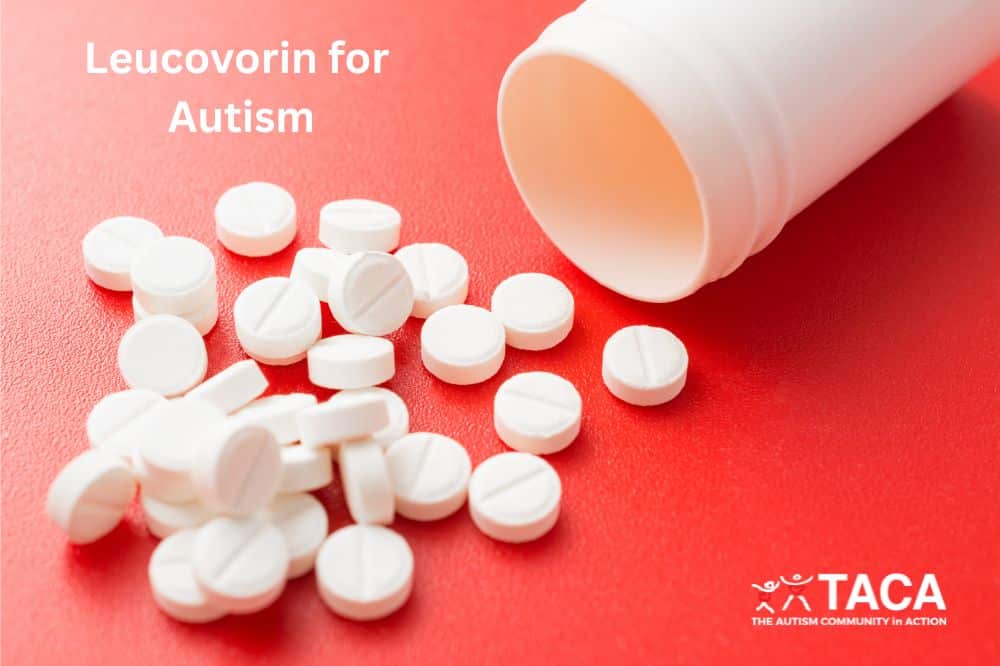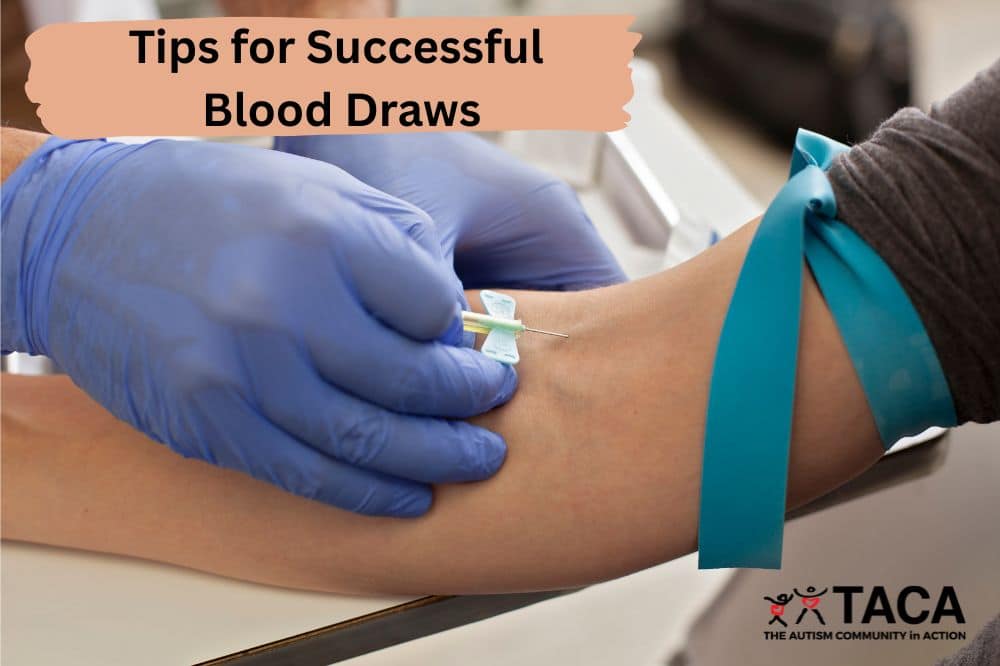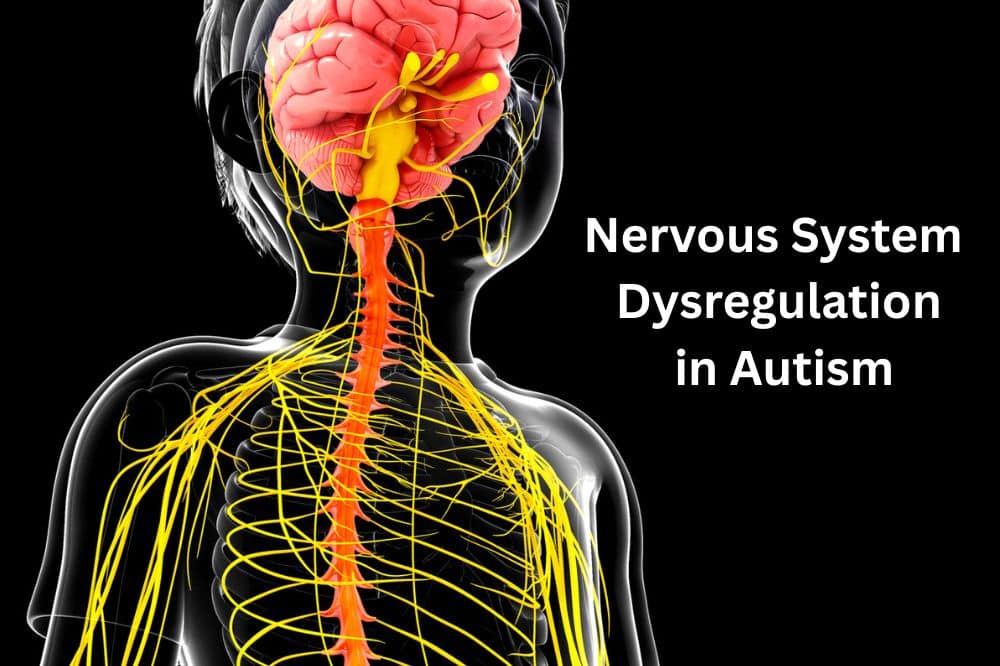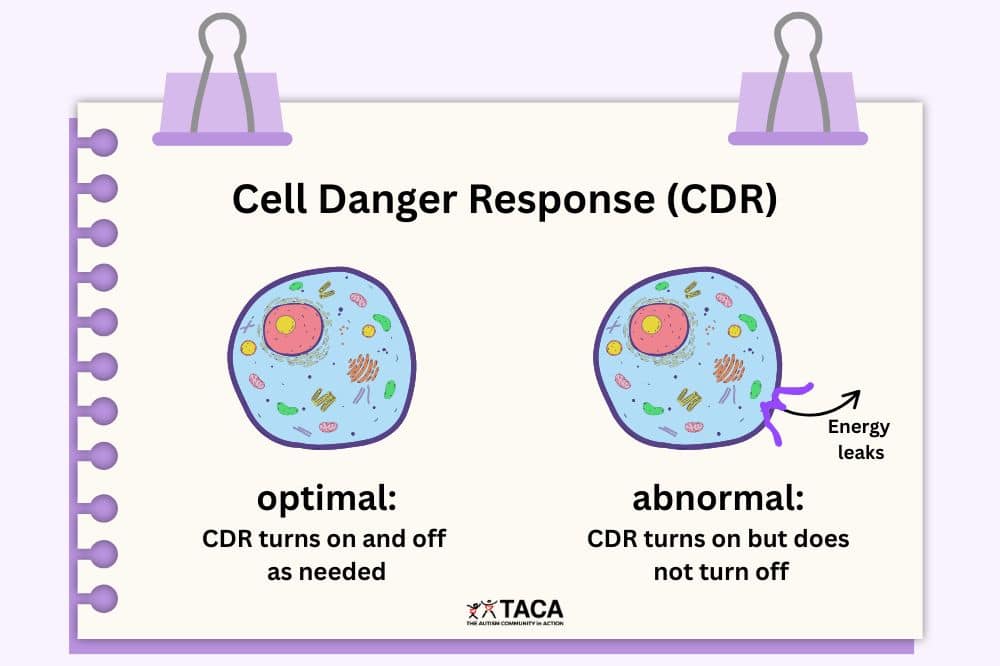Special Diets for Autism

All contents of this resource were created for informational purposes only and are not intended to be a substitute for professional advice, diagnosis, or treatment. Always seek the advice of your physician, therapist, or other qualified health providers with any questions or concerns you may have.
Diet is the foundation of good health. In addition, not all kids respond the same way to dietary interventions. Therefore, finding the right diet for your child may take time and trial and error. This article will outline:
- Why special diets work
- How to know which diet to try for your child
- The top diets used to treat autism
Why Special Diets Work
The food your child eats matters. That is because the type of food eaten directly impacts a person’s behavior. Think about how you feel after drinking alcohol, a cup of coffee, or eating a chocolate bar. For kids with autism, the relationship with food is even more pronounced. That is because there are numerous medical issues present in autism that are directly impacted by what your child eats. The vast majority of kids diagnosed with autism have an imbalance in their gut flora (also known as microbial dysbiosis). This causes:
- gut lining permeability (also known as leaky gut);
- immune dysfunction;
- and an imbalance of metabolic metabolites such as amino acids, short-chain fatty acids (SCFA), enzymes, and vitamins and minerals.
All these issues directly impact the behaviors we know as “autism.” Therefore, altering what we feed our children to accommodate these medical problems can profoundly affect how well our children function. In many cases, special diets lead to improvements in behavior and cognition. Yes, just changing what you feed your child can make all the difference.
How to Know Which Diet to Try
As you will read below, there are numerous types of diets used to treat the symptoms of autism. Add that to each child’s individual needs, and you may find yourself overwhelmed with the choices. However, once you get a sense of your child’s unique struggles, you can narrow down what type of diet your child may benefit from. Here are some tips:
- Most people start with the gluten-free, casein-free, soy-free diet.
- If the GFCFSF diet does not work, or you are seeing other problematic symptoms, investigate other dietary interventions.
- Run an Organic Acid Test (through Great Plains Lab) to see if pathogenic bacteria or fungal overgrowth are an issue.
- Discuss options with your functional medicine practitioner.
- Look for physical clues on your child, such as rashes or flushing.
- Keep a food journal to try and identify which types of foods seem to be triggering your child.
- Scroll through the list of diets below to see which would be the best fit for your child based on what it targets.
Remember, the idea is not just to identify and remove problematic foods but to replace them with nutritious alternatives.

Types of Special Diets
Gluten-Free, Casein-Free, Soy-Free Diet (GFCFSF)
The gluten-free, casein-free, soy-free (GFCFSF) diet removes all sources of gluten, casein, and soy from the diet.
- Gluten is a protein in wheat, rye, barley, and some oats.
- Casein is a protein found in dairy.
- The protein structure of soy is similar to gluten and casein; therefore, it can cause the same issues.
- This diet has great potential to help the symptoms of autism.
Resources for GFCFSF Diet:
- Introduction to The Gluten-Free, Casein-Free, Soy-Free Diet
- Going GFCFSF in 10 weeks!
- Top Reasons to Implement a Gluten-Free, Casein-Free Diet
The Specific Carbohydrate Diet (SCD)
The Specific Carbohydrate Diet was designed for Inflammatory Bowel Disease (IBD) but can be helpful for individuals with autism.
- The diet is free of gluten, soy, most carbohydrates, and artificial colors and additives.
- Limiting carbohydrate ingestion helps with yeast overgrowth and pathogenic bacterial overgrowth in the gut.
- This diet still contains casein, so when we use SCD for individuals with autism, it needs to be casein-free.
- Lastly, this diet is not for vegetarians or vegans.
Resources for SCD:
The Reduced Excitatory Inflammatory Diet (REID)
This diet, named after Dr. Katie Reid, is a whole foods diet that emphasizes removing excitatory and inflammatory food sources, particularly free glutamate.
- This diet can help with complex motor stereotypies and stimming.
- This diet can also help with OCD and constant fixation on certain topics, often resulting from excess glutamate in the brain.
Resources for REID:
Failsafe/RPAH Diet
The Failsafe diet eliminates additives, salicylates, amines, and glutamate and then tests your ability to tolerate them.
- This diet was initially designed for people with allergies and food sensitivities.
- Later, it was discovered to help with hyperactivity and ADHD symptoms.
- It is not gluten-free or casein-free, so it is often used in conjunction with a GFCF diet.
Resources for Failsafe/RPAH:
- The Failsafe Diet Explained
- Six tips for label reading on the RPAH/FAILSAFE Elimination Diet
- How to start failsafe eating: a step-by-step guide
- FAILSAFE Diet for Attention Deficit Hyperactivity Disorder (ADHD)
Ketogenic (Keto) Diet
A Keto diet is a high fat, low carbohydrate diet which forces the body to burn fat instead of glucose for fuel.
- A keto diet can be effective for treating seizure disorders.
- A doctor must oversee this diet.
Resources for a Keto Diet:
- The Ketogenic Diet: A Detailed Beginner’s Guide to Keto
- How to Make the Keto Diet Healthy – The Mayo Clinic
- Keto for Autism: Can the Ketogenic Diet Help?
Reverse Elimination Diet
This diet is designed to help identify the child’s specific food triggers and allergies.
- Allergy testing cannot identify mast cell triggers, so this is the only accurate, reliable way to identify food triggers.
- This diet needs to be customized to the person.
- Typically, you start with four foods: a protein, a carbohydrate, an oil, and a vegetable.
- Hopefully, this helps reduce most symptoms. If not, the base foods may need to be switched.
- Once a baseline is established, a new food is introduced every few days to test tolerance.
- For some very sensitive people, an elemental formula may be necessary.
Resources for a Reverse Elimination Diet:
Low Histamine Diet
A low histamine diet eliminates foods high in histamine, which is released in response to allergy or immune activation.
- Reducing histamine helps with various symptoms such as rashes, flushing, itchiness, behavioral issues, GI issues, headaches, or bloating.
- This diet eliminates high histamine foods, including fermented foods, slow-cooked broths or stock, aged cheeses, cured meats, vinegar, and alcohol.
- Remember that histamine adds up in the body. Therefore the body only shows symptoms when too much histamine accrues.
Resources on Low Histamine Diet:
- Healthline: Low Histamine Diet
- Histamine Intolerance: 6 Remedies Plus Foods to Eat & Avoid
- Histamine Intolerance: All You Need to Know
Low FODMAP Diet
This is a diet low in specific sugars that can cause GI distress.
- FODMAP stands for fermentable oligosaccharides, disaccharides, monosaccharides, and polyols, which are short-chain carbohydrates (sugars) that the small intestine absorbs poorly.
- These sugars can cause GI distress, including constipation, bloating, diarrhea, and gas in some people.
- Eliminate the high FODMAP foods, then introduce them one by one to find your specific food triggers.
Resources for Low FODMAP Diet:
Gut And Psychology Syndrome (GAPS)
GAPS is an elimination diet that removes grains, pasteurized dairy, starchy vegetables, and refined carbohydrates.
- This diet starts with shorter cooked broths, working up to long-cooked stock.
- In addition, fermented foods are a focus of this diet.
- It is important to note that this diet can be difficult for kids with histamine intolerance or excess glutamate.
Resources for the GAPS Diet:
- GAPS Diet
- Gut and Psychology Syndrome + Gut and Physiology Syndrome (GAPS)
- Nourished Kitchen: What is the GAPS Diet?
- Book: Gut and Psychology Syndrome by Dr. Natasha Campbell-McBride
Low Oxalate Diet (LOD)
This diet reduces excess oxalate, which may lead to kidney stones and problems with oxalate crystals forming in other organs.
- This diet avoids high oxalate foods, including (but not limited to) berries, citrus, beans, chocolate, broccoli, tomatoes, nuts, soy, wheat, and dairy.
- Please note that weaning from high oxalate foods too fast causes oxalate dumping, which is painful. Low and slow is the way to go.
- Responders include kids who have frequent urinary tract infections or fungal infections.
- Kids with high oxalic acid on their OAT may respond well to a low oxalate diet.
- This diet is not gluten or dairy free, so it would be used in conjunction with another diet.
Resources for the Low Oxalate Diet:
- Low Oxalate Diet
- Low Oxalate Diet: Overview, Food Lists, and How It Works
- Facebook Group: Trying Low Oxalates
- Great Plains Lab: Oxalate Control
Feingold Diet
The Feingold diet eliminates artificial food colors, flavorings, sweeteners, preservatives, and some phenols and salicylates, which are naturally occurring compounds in some fruits and vegetables.
- This diet is intended to reduce or eliminate ADHD symptoms.
- This diet is also very helpful for hyperactivity, aggression, flushing, and poor sleep.
- The program can be purchased on the Feingold website listed below.
Resources for Feingold Diet:
- The Feingold Association of The United States
- Phenols, Salicylates, and Additives
- The Feingold Cookbook for Hyperactive Children by Dr. Ben Feingold and Helene Feingold
- Feingold Association of the United States-ADHD DIET -Facebook group
Rotation Diet
The purpose of a rotation diet is to limit new food allergies or sensitivities.
- This is a controlled method of eating biologically related foods on the same day and then waiting at least four days before eating them again.
- This approach to eating reduces the chance of developing new food allergies.
- In addition, this diet minimizes the constant immune response to foods.
Resources for Rotation Diet:
Wahl’s
Dr. Terry Wahls developed the Wahls protocol, a dietary approach aimed at rejuvenating cells and slowing the process of Multiple Sclerosis.
- People on Wahl’s protocol don’t consume dairy, grains, or sweeteners.
- Focus on consuming 9 cups of fruits and vegetables each day.
- Then move to higher levels of the diet to see more healing.
Resources for Wahl’s Diet:
Conclusion
As you can see, there are numerous diets for autism. This is because all our kids are different, and not one diet works for every child. See what works for your child and go from there. The top priority will always be a diverse diet of whole foods, leading to a diverse gut microbiome.




